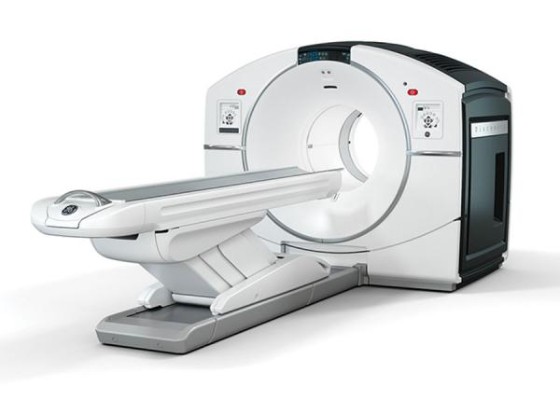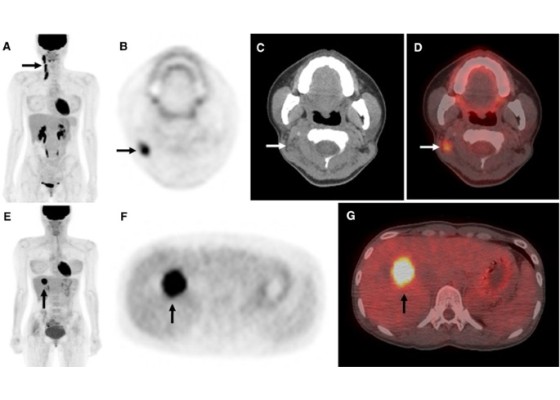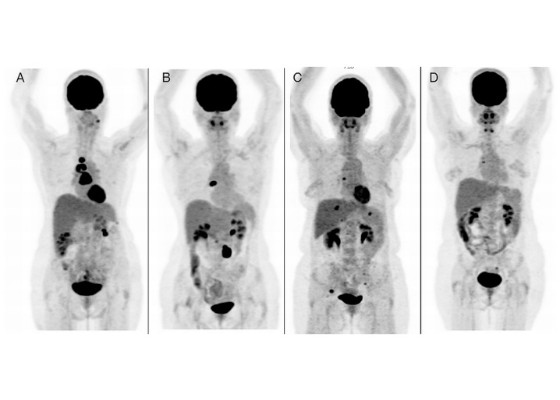How Is a PET Scan Performed?
Step 1: A technician injects the radioactive substance into a vein in the patient’s arm. You may also be asked to drink a contrast liquid. You might also get contrast liquid through your IV. This contrast liquid helps make the pictures clearer.
Step 2: (An hour later) The patient lies down on a table that slides in and out of a donut-shaped PET scan machine combined with CT or MRI scanner.
Step 3: The machine collects many images of parts inside the body. The scan is done with either a computed tomography (CT) or magnetic resonance imaging (MRI) scan to provide more detailed images.
Step 4: A radiologist reviews all the images and reports areas of the body that have high FDG levels.
Who Should Get a PET Scan?
PET scans have several uses in the detection, diagnosis, and management of different types of cancers, including:
Detecting the Presence and Extent of Cancer: PET scans are highly sensitive in detecting cancer, even in its early stages. The scans can show the exact location and size of tumors, as well as whether the cancer has spread to nearby lymph nodes or other organs.
Staging Cancer: PET scans can be used to stage cancer, which helps doctors determine the best treatment options and prognosis. They can identify whether the cancer is localized to a specific organ or has spread to other parts of the body.
Monitoring Treatment Response: PET scans can be used to monitor the effectiveness of cancer treatment, such as chemotherapy or radiation therapy. They can show whether the cancer has shrunk or remained stable, or if there is evidence of disease progression.
Detecting Recurrent Cancer: PET scans can be used to detect the recurrence of cancer after initial treatment.
Guiding Biopsy and Treatment: PET scans can help guide biopsy procedures and treatment planning by providing a more accurate and detailed view of the tumor and surrounding tissues. This can help doctors target the biopsy or treatment to the exact location of the cancer, while minimizing damage to healthy tissues.
How do I prepare for a PET Scan?
Your appointment letter will mention anything you need to do to prepare for your scan.
You’ll usually be advised not to eat anything for 6 hours beforehand. Drinking is allowed, but you should ideally just drink water. You should also avoid strenuous exercise for 24 hours before your appointment.
It’s a good idea to wear loose comfortable clothes, as you may be able to wear these during the scan (although sometimes you may be asked to change into a hospital gown).
Try to avoid wearing jewellery and clothes containing metal (such as zips), as these will need to be removed.
Are There Side-Effects of PET Scan?
PET scans are safe for most patients. Some may experience temporary symptoms, such as headache, taste changes, or fatigue, that will go away on their own. Rarely, there may be an allergic reaction, particularly in patients with a history of allergy to other medications and foods. Lastly, the scan adds to a patient’s lifetime radiation exposure.











There are no reviews yet.